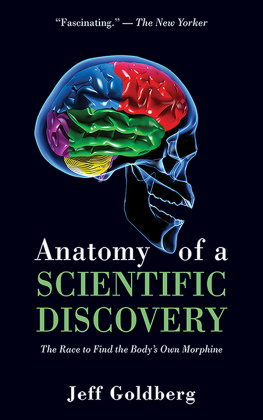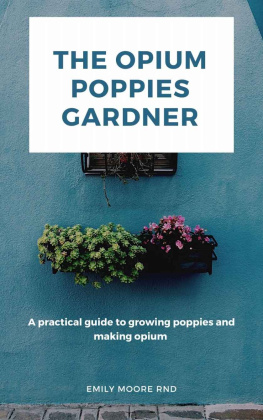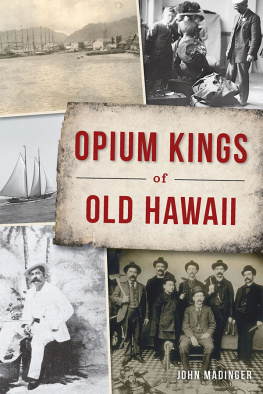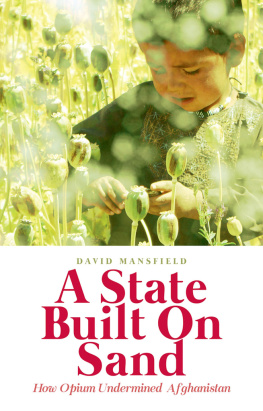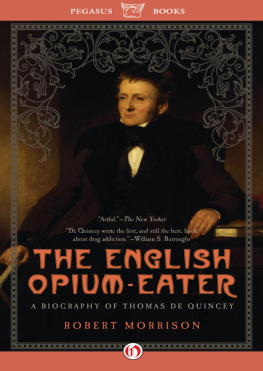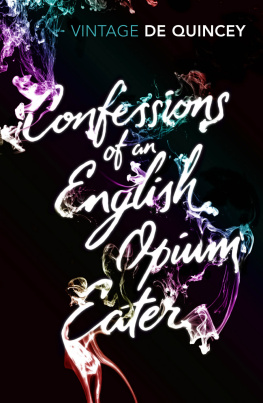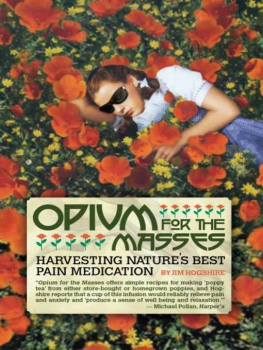Copyright 2014 by Jeff Goldberg and Dean Latimer All Rights Reserved. No part of this book may be reproduced in any manner without the express written consent of the publisher, except in the case of brief excerpts in critical reviews or articles. All inquiries should be addressed to Skyhorse Publishing, 307 West 36th Street, 11th Floor, New York, NY 10018.
Skyhorse Publishing books may be purchased in bulk at special discounts for sales promotion, corporate gifts, fund-raising, or educational purposes. Special editions can also be created to specifications. For details, contact the Special Sales Department, Skyhorse Publishing, 307 West 36th Street, 11th Floor, New York, NY 10018 or info@skyhorsepublishing.com.
Skyhorse and Skyhorse Publishing are registered trademarks of Skyhorse Publishing, Inc., a Delaware corporation.
Visit our website at www.skyhorsepublishing.com.
10 9 8 7 6 5 4 3 2 1
Library of Congress Cataloging-in-Publication Data is available on file.
ISBN: 978-1-62636-540-7
eISBN: 978-1-62873-899-5
Printed in the United States of America

CONTENTS
PREFACE, 2014
THE AYATULLAHS OPIUM
INTRODUCTION
GODS OWN MEDICINE
by William Burroughs
PREFACE
FLOWERS IN THE BLOOD
The Bodys Own Opiates
On Emotions and Molecules
Eureka! Endorphin and So Much More
The Pituitarys Pharmacopoeia
ONE
LEGENDS
How Opium Came to the Burmese Highlands
Philistine Opium-Pipes and Poppy-shaped Vases
The Plant of Joy
The Poppy Goddess
Homers Nepenthe
Hippocrates, Galen, and Opium as Medicine
TWO
DRUGS OF GOOD AND EVIL
Hashish: The Scourge of Medieval Islam
The Strange Ways and Drugs of the Ancient Scythians
What the Quran Doesnt Say
The August History of Afyon in the Middle East
THREE
THE STONE OF IMMORTALITY
Opium in Medieval Europe
Marvelous Paracelsus and the Anodyne Specific
Sir Christopher Wren: The First Intravenous
The Mysteries of Opium Reveald
Addiction Discovered (Reluctantly)
FOUR
THE BRITISH EXPERIENCE
Revolting Drugs and Vile Practices in the English Fens
The Scandal of Working Class Stimulation
George IIIs Porphyria and George IVs Hangover Remedy
A Death Drug
FIVE
THE DREAMERS
A Brief Account of the Opium-Eater
The Case of Poor Coleridge
Sir Walter Scott: A Monstrous, Gross But Necessary
Medication
John Keats: Laudanum, Love, and Death
Elizabeth Barrett Browning: Poetical Paragraphs and
Morphine Draughts
Wilkie Collins: A Most Self-possessed Drug Addict
Opium and the Other Romantics
SIX
CHINA: THE OPIUM WARS
Jardine-Matheson and the Honorable Opium Entrepreneurs
The Arrival of the Redheaded Barbarians
The Chinese Opium Epidemic Reconsidered
Chaos in Guangdong
Opium Traders Held Hostage
An Unspoken War
Jesus Opium
SEVEN
AMERICAN AFYON
Perkins of Boston vs. Wilcocks of Philadelphia
Houqua of Whampoa: The Richest Man in the World
John Jacob Astor and the Opium Trade
The Emily Affair
The Cunning John Latimer
EIGHT
NERVOUS WASTE
The Wide Open American Opium Market
The Annoying Tendency to Self-injection
Modern Times and Morphine
Self-abuse and Drug-abuse
NINE
YELLOW PERIL
Mark Twains Chinatown
The Chinese and the Job Market
Samuel Gompers and the White Labor Movement
The Chinamans Vice
Yellow Journalism: Coolies, White Women, Children,
and Opium
TEN
THE FATHER OF AMERICAN NARCOTICS LAWS
The State Departments Hamilton Wright
The Child Races Act
Liquor on His Breath Disgraces Wright
The Harrison Narcotics Act
ELEVEN
HEROIN BOYS
The Urban American Blight
Bayers Marvelous Mega-aspirin
Chippers and Addicts
Youth Gangs, Bolsheviks, and Heroin
Harry Anslinger and Heroinomania
TWELVE
THE CURE
The Elusive Autotoxin
Addiction: Vice or Disease
Federal Narcotics Farms
The Case for Methadone Maintenance
EPILOGUE
THE BUSINESS
Inevitable Results of Unsound Legislation
The Economics of Heroin
The Anslinger-McCarthy Connection
The 5 Percent Solution
Drug Control: A $52 Billion Business
PREFACE, 2014
THE AYATOLLAHS OPIUM
While this book was being written in the winter of 1979, the Shah of Iran fell and the sinister hawk-like face of Ayatollah Khomeini, in his black turban, white beard and scowling gray eyebrows, sent a Pavlovian shudder down the nations spine. He was the Imam America loved to hate. So, it was especially intriguing when that same sinister face was pictured in the December 15, 1979, New York Post beside several big baggies of opium, that most sinister drug.
Earlier in the month, customs agents at Kennedy Airport had discovered four kilos of opium concealed in four hollow portraits of the Ayatollah, arriving from Shiraz on the way to the West Coast. In Canoga Park, near LA, Drug Enforcement Administration agents arrested three Iranians, and seized thirty-five pounds of opium and eleven more portraits of Khomeini. The next day, they proudly displayed the stash for reporters, and the image of the Ayatollah, and his opium was beamed straight to the hateful heartland.
Neither the DEA nor anyone else puzzled over why anyone in his right mind would smuggle thirty-five pounds of smelly, oozy, bulky opium to America, in portraits of the Ayatollah, in the middle of the fifth week of the hostage crisis. Did these guys want to get caught? It seemed likely.
The DEA issued grave warnings that a tidal wave of Iranian junk was heading for America. And. indeed, over the next six months, suitcases full of black opium and an influx of heroin hit the New York streets.
The Iranian connection? Maybe. Law enforcement officials were quick to attribute a record 680-ton opium harvest in Iran to Khomeinis Green Revolution, but it didnt make sense. Since opium in Iran is planted in the fall and harvested in the spring, the bumper crop had to be in the ground before the Shah left the country. Was the Ayatollahs opium really the Shahs opium?
Such is the winding trail of the Dragon.
In the thirty-five years since Flowers in the Blood first appeared, some things have changed for the betterin the United States, finally, an emphasis on drug treatment, based on the disease model of addiction, has largely replaced the criminalization and condemnation of addicts as moral weaklings and nervous waste cases [see * all have been portrayed as the sinister face of the dope trade.
But if you really want to know who started it all, go back to Hassan-ibn-Sabbah, the legendary Old Man of the Mountain, who lived in Persia (Iran) in the early twelfth century and was the leader of the Assassin Order, perhaps the most efficient terrorist organization in history.
Like Khomeini and ninety percent of all Iranians, Hassan-ibn-Sabbah was a memberin fact, an early championof the Shiite movement, which since its inception has fought for the civil rights of non-Arab Moslems, the minority Aryan Moslems who live mainly in Iran.
When the Turkish Sultan of Rum invaded Persia, Hassans Assassins, all innocence and blood in their white tunics and red turbans, staged guerilla raids that systematically killed him and all his adult successors, leaving a child on the throne.
According to Marco Polo, the secret of Hassan-ibn-Sabbahs power over his Fedayeen was dope. In Polos account of his travels, he wrote that Hassan erected a pleasure garden, where fountains of wine, milk, and honey splashed and the most beautiful damsels sang and danced. The garden was a veritable Paradise, the original vision of Coleridges Kubla Khan [see ].


